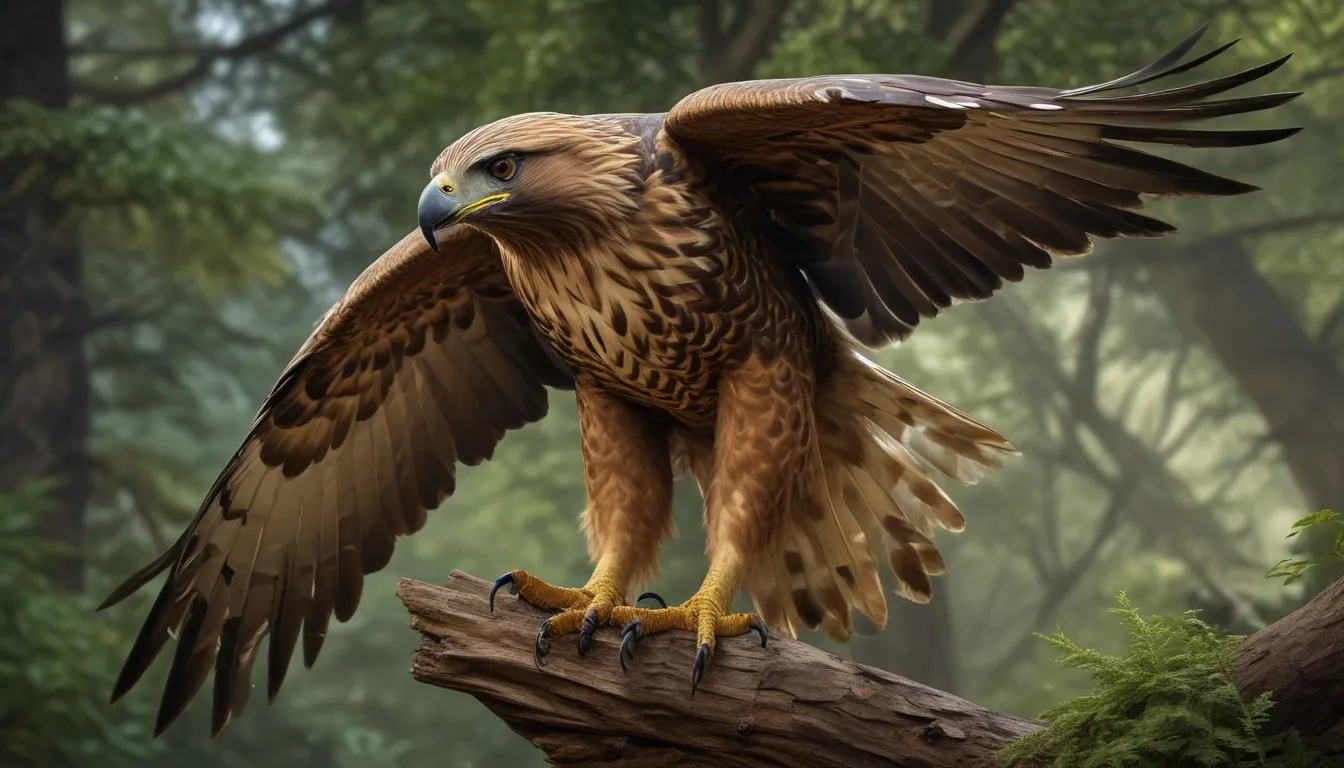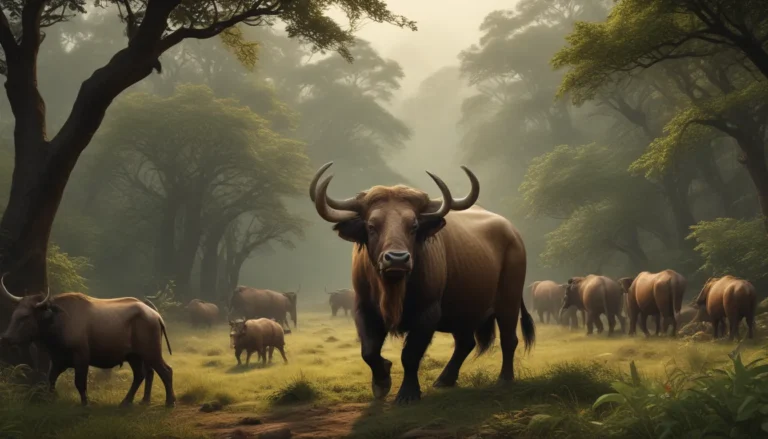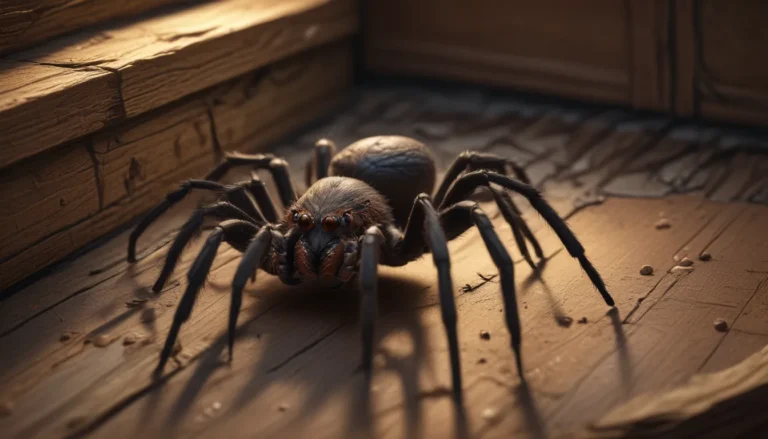The pictures we use in our articles might not show exactly what the words say. We choose these pictures to make you interested in reading more. The pictures work together with the words but don’t take their place. The words still tell you the important facts.
Hawks, magnificent birds of prey from the family Accipitridae, have captured the imagination of humans for centuries with their impressive hunting skills and majestic appearance. These incredible creatures with sharp vision, curved beaks, and powerful talons are not only efficient hunters but also symbolize nobility, strength, and keen vision in various cultures and mythologies.
Exploring the World of Hawks
Let's dive into the enchanting world of hawks and uncover 19 interesting facts that will deepen your understanding and admiration for these unique predators.
Hawks: A Diverse Family
-
Family Accipitridae: Hawks belong to the family Accipitridae, which includes a wide range of diurnal raptors, with hawks being one of the most diverse and well-known groups within this family.
-
250+ Species Worldwide: There are more than 250 species of hawks worldwide, from the iconic Red-tailed Hawk of North America to the stunning Black-winged Kite of Africa, showcasing their adaptability to various habitats.
Amazing Adaptations
-
Exceptional Eyesight: Hawks are known for their exceptionally sharp vision, allowing them to spot prey from great distances and accurately calculate their prey's movements.
-
Sharp, Curved Beaks: Equipped with curved beaks, hawks tear into their prey, feeding on small mammals, birds, reptiles, and insects.
-
Powerful Talons: Hawks' strong talons enable them to catch and grip onto prey, facilitating their ability to capture and carry meals while in flight.
Remarkable Skills
-
Swift Flight: Hawks soar effortlessly through the sky with their long, broad wings, reaching impressive speeds and executing agile maneuvers.
-
Diverse Hunting Techniques: From soaring high above to rapidly diving towards prey, hawks employ various hunting strategies based on their species and the type of prey they target.
-
Monogamous Nature: Once hawks find a mate, they form strong pair bonds and remain together for multiple breeding seasons.
Nesting and Parental Care
-
Skilled Nest Builders: Hawks construct eyries using sticks and twigs, creating a safe and elevated platform for their offspring in tall trees or on cliffs.
-
Vigilant Parents: Both male and female hawks actively participate in raising their young, incubating eggs, and providing food for chicks after hatching.
Unique Features
-
Excellent Hearing: Besides their sharp eyesight, hawks have acute hearing abilities, allowing them to detect faint sounds and locate prey hidden in vegetation.
-
Migratory Behavior: Many hawk species undertake long-distance migrations, traveling thousands of miles annually to reach breeding or wintering grounds.
Specialized Adaptations
-
Molting Cycles: Hawks shed and replace feathers periodically to ensure optimal plumage condition for flight.
-
Species-Specific Adaptations: Some hawk species, like the Osprey, have unique adaptations such as reversible outer toe joints for enhanced hunting success.
Longevity and Role in Ecosystems
-
Long Lifespan: Depending on the species, hawks can live up to 20 years or longer in the wild.
-
Pest Control: Hawks play a crucial role in controlling pest populations by feeding on rodents and other small animals, helping maintain ecosystem balance.
Cultural Significance and Conservation
-
Mythological Significance: Hawks have symbolized nobility, strength, and keen vision in various cultures and mythologies throughout history.
-
Conservation Efforts: Habitat loss, illegal hunting, and pollution threaten hawk populations, emphasizing the importance of conservation initiatives to protect these incredible birds.
Conclusion and FAQs
In conclusion, hawks are awe-inspiring creatures with remarkable hunting skills, strength, and grace. Delve into the world of hawks to appreciate their beauty and importance in nature.
FAQs
-
Diet: Hawks primarily feed on small mammals, birds, reptiles, and insects.
-
Migration: Hawks can cover thousands of miles during annual migrations.
-
Species: There are around 270 species of hawks worldwide, each unique in its characteristics.
-
Mate Bonding: While some hawk species mate for life, others form new pairs each breeding season.
-
Endangered Status: Hawk species vary in conservation status, with some considered endangered or threatened.
-
Flight Speed: Hawks can reach speeds of up to 120 miles per hour during dives.
-
Nesting: Hawks build nests using natural materials in trees or on cliff ledges.
-
Night Vision: Hawks have excellent low-light vision but are not nocturnal creatures.
-
Pollution Impact: Pollution can negatively affect hawk populations by contaminating habitats and compromising health.
-
Pet Ownership: Hawks are wild animals and illegal to keep as pets due to specialized care requirements.
With these 19 fascinating facts about hawks, you'll gain a newfound appreciation for these majestic birds and the vital roles they play in nature. So, next time you spot a hawk soaring high above, take a moment to marvel at the beauty and strength of these incredible predators.






